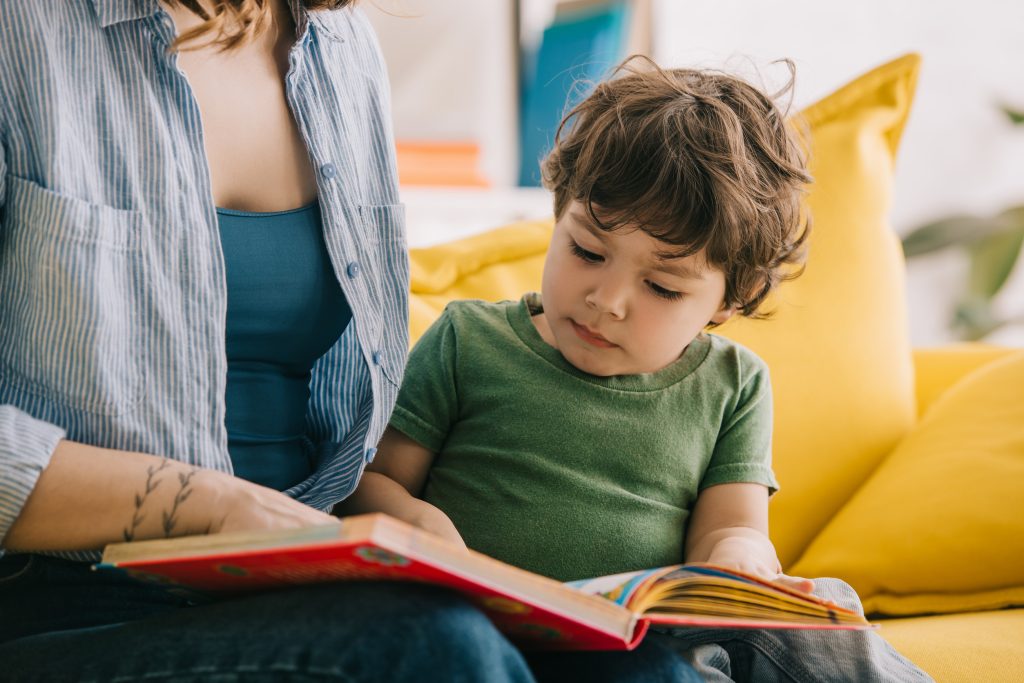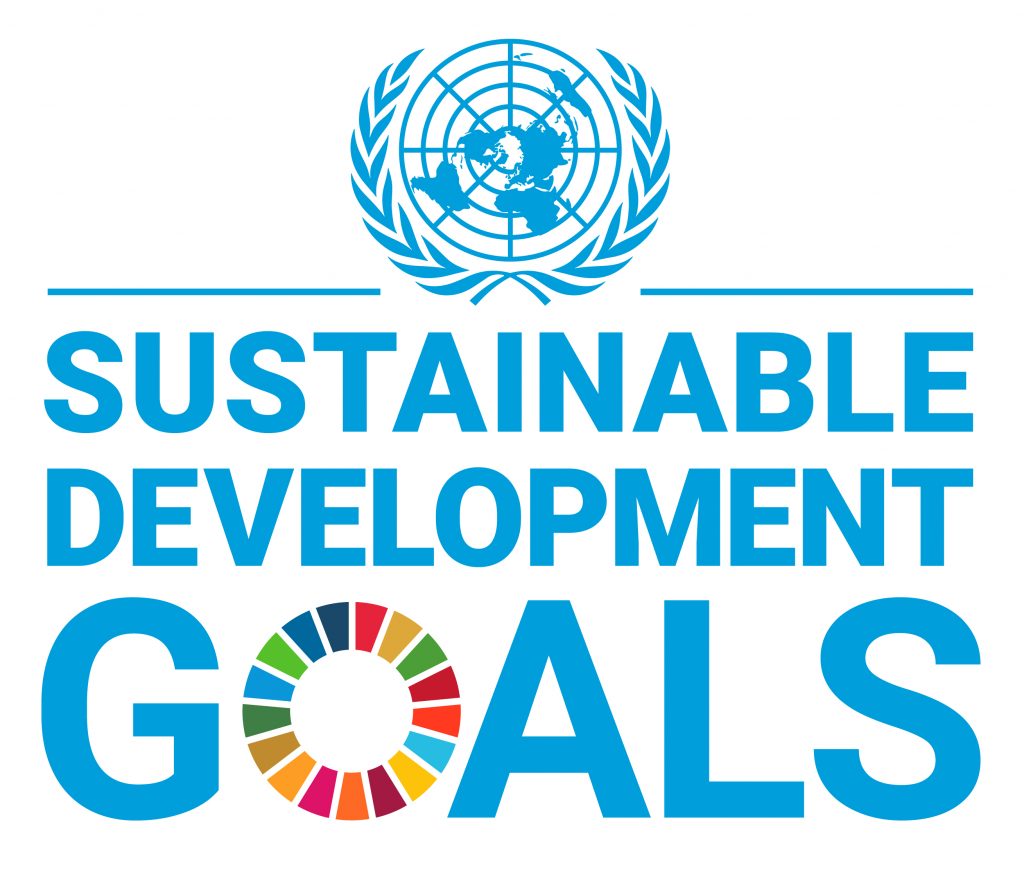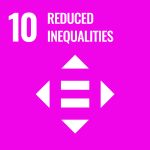
SDG 10: Reduced Inequalities|Taking Action at Home
“Everyone is different, but everyone is equally important.”
This simple sentence carries a profound value we hope to instill in children from a young age: to respect differences, recognize injustice and be willing to act.
In the world we share, not everyone starts at the same line. Some children wake up to a warm breakfast and a parent walking them to school. Others must walk for miles to fetch water, care for younger siblings or may not even have access to education.
These differences aren’t about effort or motivation-they stem from environment, systems, and even identities determined at birth. This is what we call “inequality.”
What Is Inequality? Kids Can Understand It Too!
How do we talk about inequality in a way children can grasp?
Start with what they can see-the “differences” in everyday life:
-Some people use wheelchairs and need ramps or elevators to get around.
-Some have different skin colors and come from other countries.
-Some speak more slowly or communicate differently because they learn in unique ways.
-Some families face financial hardship, unable to afford after-school programs or school tuition.
These differences are not wrong or signs of weakness.
What matters is whether we choose to see them and respond with respect and support.
The United Nations’ Sustainable Development Goal 10 (SDG 10) reminds us to reduce inequality within and among countries, and to ensure that everyone-no matter where they come from or what their background is-has a fair chance.
Home Is the First Window Through Which Children See the World
Children build their values from what they see at home.
How adults speak, make choices and treat others becomes a powerful blueprint for what kids learn about right and wrong, and about what’s worth caring for.
Here are a few simple practices you can do at home to nurture children’s awareness of inequality:
Story Telling
Choose picture books that showcase diverse cultures, abilities, and family structures. Let your child explore different worlds through the perspectives of others.
Question Asking
Get curious together: “If you were them, how would you feel?” or “What can we do to help?”
Examples:
“Did you notice the child sitting alone at the park just now?”
“There’s a new student in class who doesn’t speak much Chinese-how could we help them feel welcome?”
Take Action Together
You don’t need to wait for school programs. Clean out old backpacks, toys or school supplies together and donate them to local community centers. Participate in clothing drives or rural education support events.Help your child understand: “We share because we believe everyone deserves a better life.”
A Few Tips for Parents
-Don’t rush to correct your child-listen to how they view the world.
-Focus on finding solutions together, rather than only pointing out what’s unfair.
-Say often: “The differences you notice are important.”
-This reinforces that their observations matter.
When we choose to walk alongside our children into these complex topics, we’re giving them the courage to care-and the confidence to become people who take action to make the world a better place.
About SDGs


SDG 10 Reduced Inequality
Reduce inequality within and among countries.

